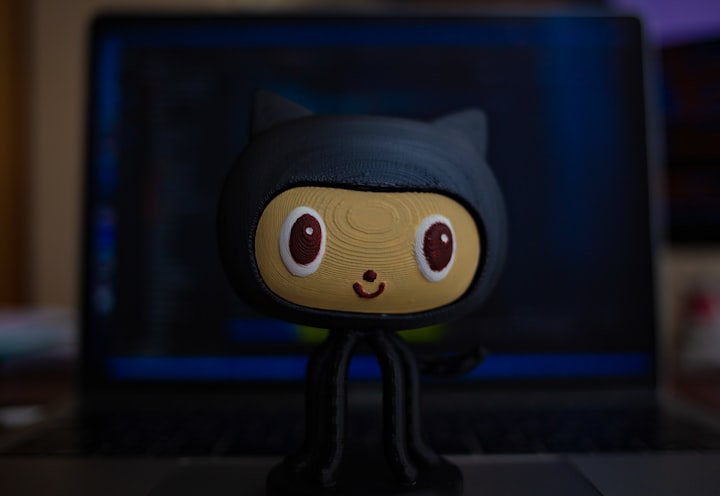Git Top Interview Questions By Top Companies (Part 10) 2023
Essential Git Interview Questions (Part 10) 2023

How do you use GitHub for backlog management?
GitHub for backlog management: One way to use GitHub for backlog management is to use the Issues feature to create and track tasks or user stories. You can use labels and milestones to organize and categorize the tasks and assign them to specific team members. Additionally, you can use the Projects feature to create boards that represent your backlog, in progress and done tasks, this will give you a visual representation of the work that needs to be done and the progress that has been made.
Labels can be used to categorize the issues according to their type, priority, or status. For example, you can use labels such as "bug", "enhancement", or "documentation" to identify the type of task. Additionally, you can use labels such as "high priority" or "low priority" to indicate the importance of the task.
Milestones can be used to group tasks that need to be completed by a specific date or release. For example, you can use milestones to group tasks that need to be completed for a specific sprint or release.
The Projects feature can also be used to create boards that represent the backlog, in progress, and done tasks. This gives you a visual representation of the work that needs to be done and the progress that has been made. You can add issues to the boards and organize them according to their status, priority, or sprint. This allows you to have a clear view of the work that still needs to be done, what is in progress and what has been completed, this way you can have a better understanding of the project's progress and make better decisions.
How do you use GitHub for sprint management?
GitHub for sprint management: To use GitHub for sprint management, you can use milestones to represent sprints and organize issues into sprints. You can also use the Projects feature to create boards that represent your sprint backlog, in progress, and done tasks. Additionally, you can use the Issues feature to track progress and changes made to tasks during the sprint.
You can use the Projects feature to create boards that represent your sprint backlog, in progress, and done tasks. This allows you to visualize the progress of the sprint and easily see what needs to be done, what is in progress and what has been completed. Additionally, you can use the Issues feature to track progress and changes made to tasks during the sprint. This allows you to see how the work is progressing and make any necessary adjustments.
By using these tools, you can keep track of the work that needs to be done during a sprint, see the progress that has been made and what still needs to be done, and make any necessary adjustments. This way, you can ensure that the sprint is completed on time and that the goals of the sprint are met.
How do you use GitHub for time tracking?
GitHub for time tracking: To use GitHub for time tracking, you can use the Issues feature to log time spent on tasks and user stories. You can use labels and milestones to organize and categorize the tasks, and assign them to specific team members. Additionally, you can use the Projects feature to create boards that represent your backlog, in progress and done tasks, this will give you a visual representation of the work that needs to be done and the progress that has been made. Some plugins are also available to track time on GitHub, such as WakaTime, it can track your activity and generate reports and insights on the time you spent coding.
You can use labels and milestones to organize and categorize the tasks, and assign them to specific team members. This allows you to easily track who is working on which tasks and when. Additionally, you can use the Projects feature to create boards that represent your backlog, in progress and done tasks, this will give you a visual representation of the work that needs to be done and the progress that has been made.
In addition to using GitHub's built-in features, there are also third-party plugins that can be used to track time on GitHub. One example is WakaTime, it can track your activity and generate reports and insights on the time you spent coding. This can give you a better understanding of how time is being spent on the project and can help with project planning and budgeting.
Overall, using GitHub for time tracking allows you to easily keep track of the time spent on tasks and user stories, which can be helpful for project planning, budgeting, and ensuring that the project is completed on time.






Comments
There are no comments for this story
Be the first to respond and start the conversation.